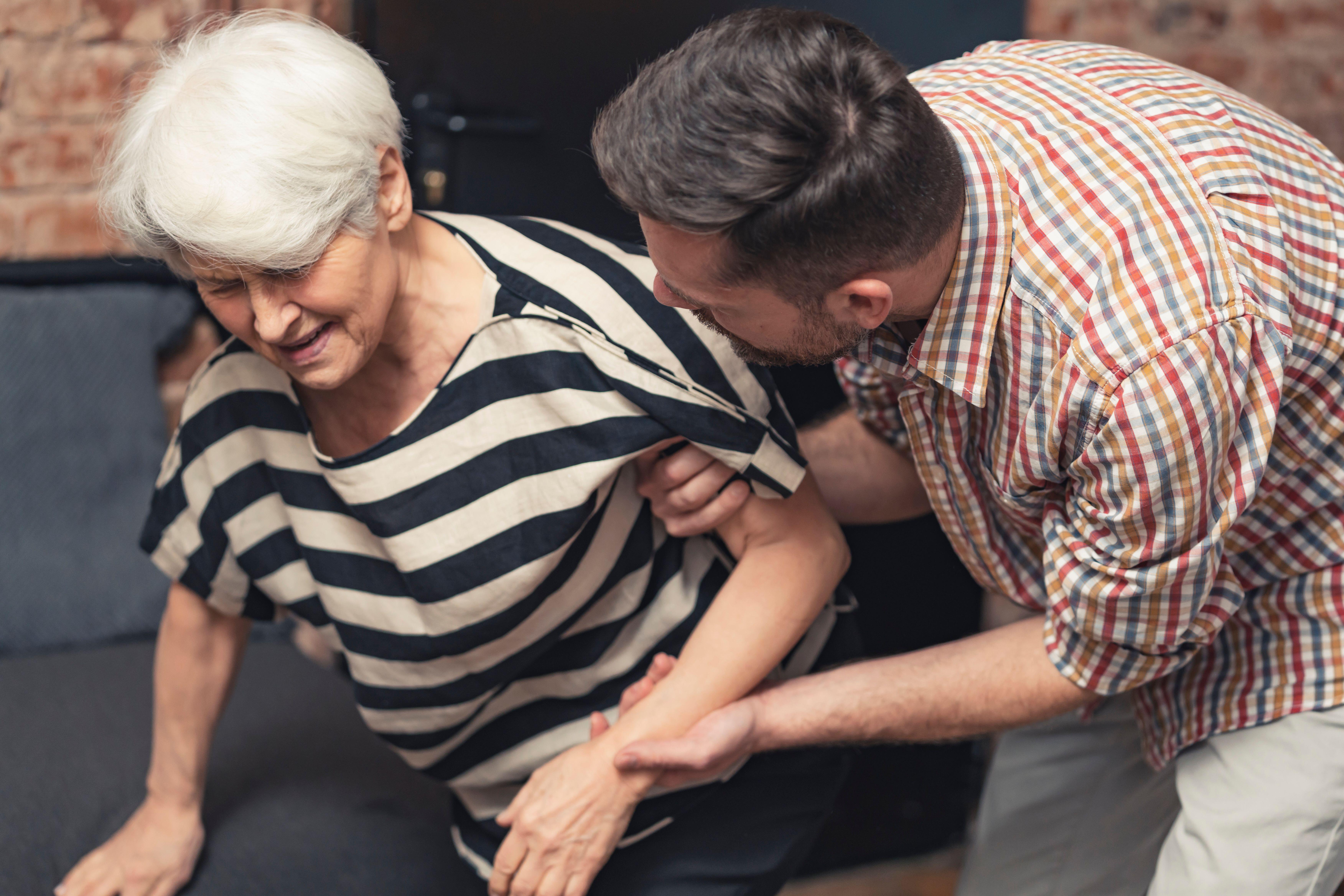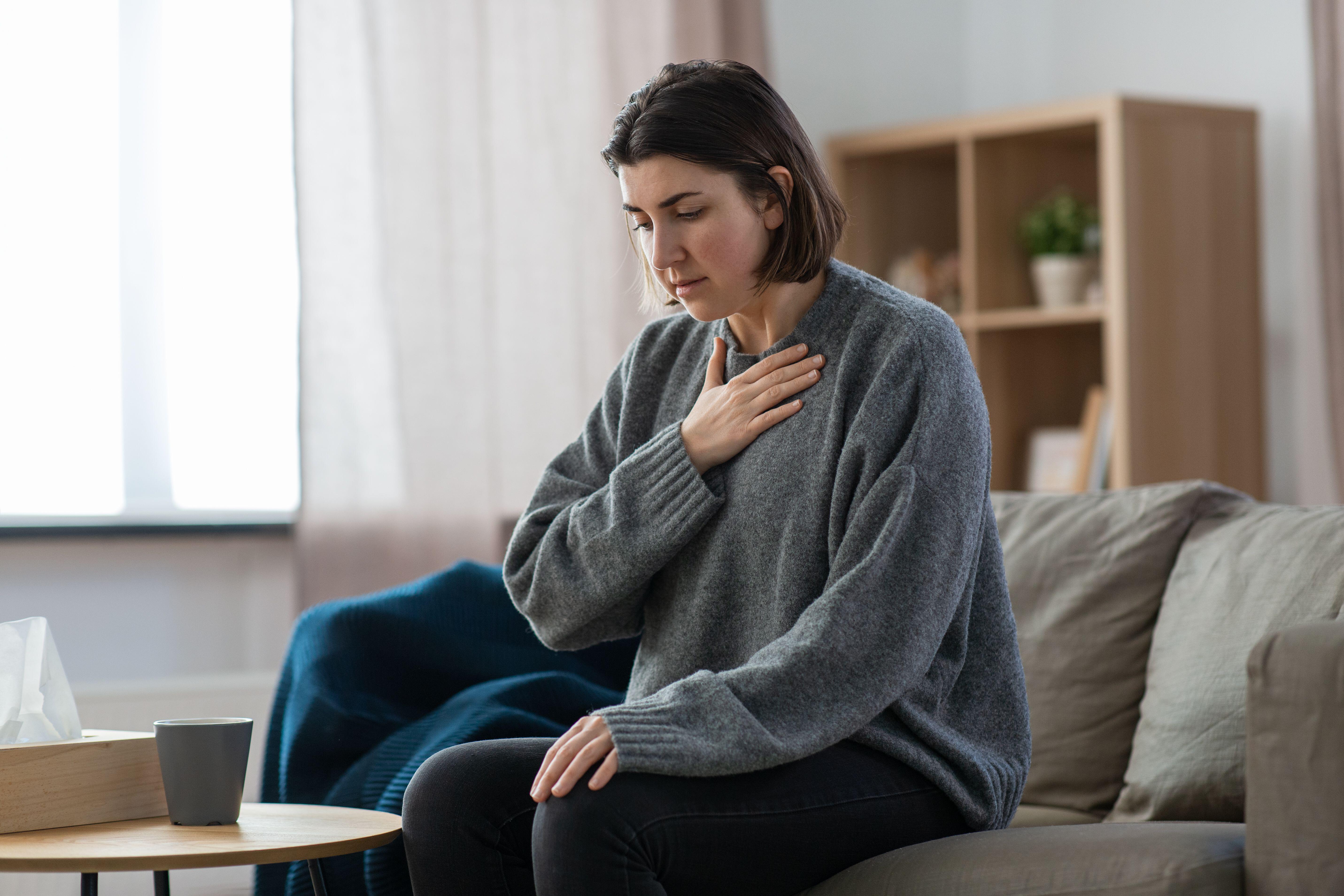
Support truly
independent journalism
Our mission is to deliver unbiased, fact-based reporting that holds power to account and exposes the truth.
Whether $5 or $50, every contribution counts.
Support us to deliver journalism without an agenda.

Louise Thomas
Editor
Experiencing a panic attack or watching a friend go through one can be scary.
Here, experts lay out the symptoms and coping mechanisms for dealing with them.
What are the signs of a panic attack?
“Panic attacks are intense body responses towards things in our environment which are triggered by feelings of fear, worry, stress or danger,” explains Stevie Goulding, senior manager of parents and carers services at YoungMinds.
Sufferers often speak out about experiencing an overwhelming sense of apprehension and anxiety but their bodies will also display a number of physical symptoms.

“General symptoms are dizziness, racing heart, trembling, hyperventilation, nausea, tingling sensations, chest pain, choking sensation and a fear of dying or impeding doom,” says Dr Henk Swanepoel, head of psychology at Cygnet Health Care. “Anxiety can also affect a person’s excretory and digestive systems which might manifest in stomach cramps, nausea, diarrhoea and loss of appetite.”
According to the NHS, most panic attacks last between five to 20 minutes, but some last up to an hour.
“The number of attacks you have will depend on how severe your condition is,” explains Swanepoel. “Some people have attacks once or twice a month, while others have them several times a week.”
What causes panic attacks?
Uncomfortable situations or past experiences might trigger a panic attack.
“Many situations can cause a person to feel anxious, a common cause is historical or childhood experiences,” says Swanepoel. “Experiencing trauma and distress as a child can have a big impact, e.g. physical or emotional abuse, neglect, the death of a parent etc.”

“Current life circumstances such as unemployment, financial problems and bereavement can also result in anxiety,” adds Swanepoel. “Significant changes to day-to-day life can also be a particular trigger.”
What helps manage panic attacks?
Therapy is most common form of treatment for panic attacks, but mindfulness could also help.
“Cognitive Behavioural Therapy (CBT) is one type of psychotherapy that can help people with anxiety disorders,” says Swanepoel. “This approach teaches the individual alternative ways of thinking, behaving, and reacting to situations that are perceived as anxiety provoking. Another form of CBT is exposure therapy which focuses on confronting fears, it is sometimes used alongside relaxation exercises.
“Another treatment option for some anxiety disorders is Acceptance and Commitment Therapy (ACT). Different to CBT, where the focus in on negative thoughts, ACT applies strategies such as mindfulness and goal setting,” explains Swanepoel. “Stress management techniques, such as exercise, mindfulness, and meditation can also reduce anxiety symptoms.”
Slowing down and taking time to focus on your breathing might also ease some anxiety.

“The five finger breathing exercise can be really useful, and something you can do at any time and anywhere,” recommends Goulding. “The idea is that you trace around each of your fingers – inhaling when you hand moves upwards, pausing for a few seconds, and then exhaling when your hand moves downwards.
“Grounding techniques can also be useful if we experience panic attacks to help bring us back in touch with reality and in tune with our body and senses. The five sense countdown can be a helpful technique to achieve this, and involves thinking of five things you can see, four things you can touch, three things you can hear, two things you can smell and one thing you can taste.”
Swanepoel also recommends keeping a journal to help identify what events and triggers are causing the distress.

What should I do if a friend is having a panic attack?
Staying calm and being empathetic will go a long way in these situations.
“Try to get them seated or on the floor, as they may feel faint or dizzy,” says Goulding. “Provide lots of comfort and reassurance that these feelings will pass and that you are there for them.”
Swanepoel adds: “Remind them to breathe slowly and deeply and to stay where they are. Encourage them to focus on what makes them feel safe and positive, peaceful, relaxing images.”
In addition, remember to take the time to listen to their concerns.
“Your loved one may want assistance to break down a challenge that causes the anxiety, or your loved one may want you to distract them from a specific trigger,” adds Swanepoel. “By taking the time to listen to your loved one, you can give them comprehensive and personalised emotional support.”







